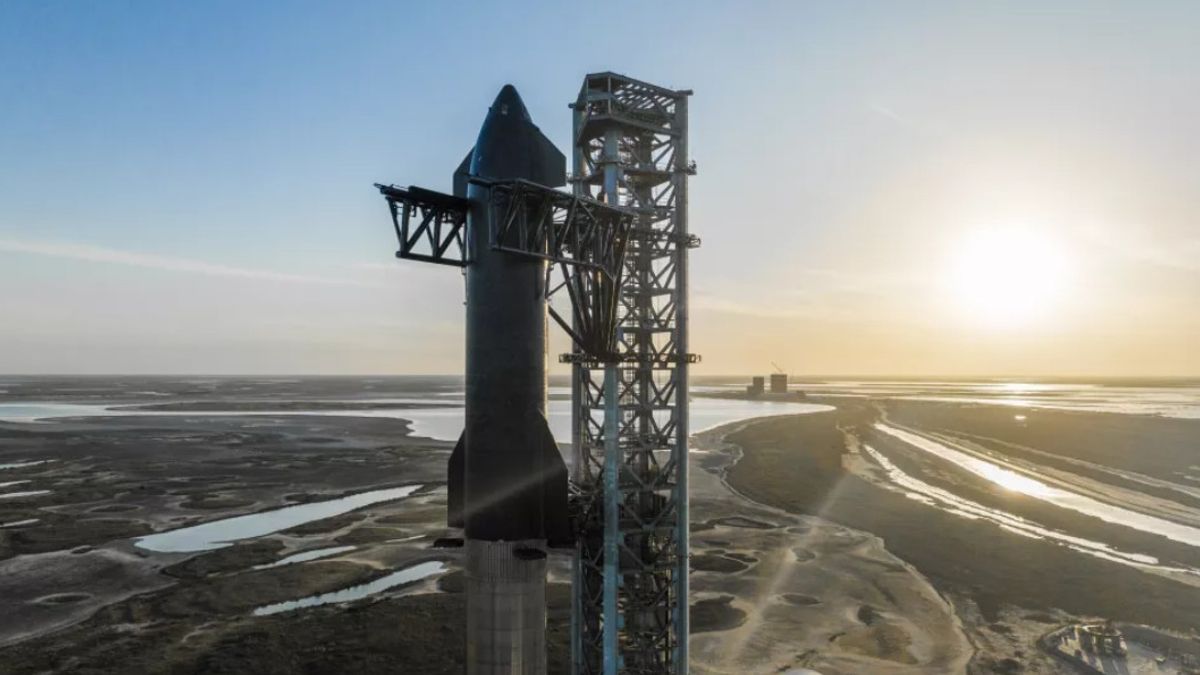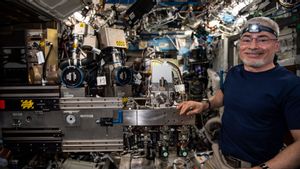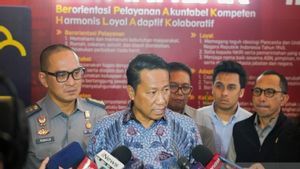JAKARTA - A nightmare for SpaceX CEO Elon Musk, the United States Federal Aviation Administration (FAA) has delayed the completion of the environmental review of SpaceX's Starship program for at least another month, April 29 at the earliest.
The delay comes days after Musk said he hoped to see Starship's next-generation rocket, the Super Heavy, make its first orbital flight in May. This issue arose which could potentially delay the plan.
A decision was supposed to be published in late 2021, but the FAA stated it was taking longer than expected to complete the necessary work and eventually pushed the date to February, then to late April.
In this case, the FAA argued it needed more time to conduct a review covering the full range of issues associated with the launch.
They also evaluate populated and payload area overflights, national security or foreign policy issues such as insurance requirements for launch operators, and potential environmental impacts.
In line with federal law, the review invites members of the public to provide their views. The response seems overwhelming, as the FAA needs more time to assess a large number of comments. Various consultations and discussions also need to be completed.
According to Digital Trends, Monday, March 28, if the FAA offers SpaceX permission to launch at the end of April, then there's a good chance the aerospace company will be able to stick with its latest estimated launch date around May.
However, if the FAA fails to give SpaceX the necessary clearance, Musk revealed the Starship will have to be moved to a launch site at the Kennedy Space Center in Florida, about 1.000 miles to the east, a move that could result in the launch date slipping beyond May.
SEE ALSO:
Starship is a fully reusable giant rocket-spaceship duo consisting of a first-stage Super Heavy booster and a top-tier Starship spaceship. It is capable of propelling more than any rocket built to date.
With Starship, NASA hopes to use the launch vehicle for crewed missions to the Moon, Mars, and possibly other missions. But first, the Starship must be tested.
Its debut flight will see a Super Heavy rocket lift the Starship spacecraft into orbit. Both halves will descend at sea, with the spacecraft crashing into the Pacific about 90 minutes after liftoff.
The English, Chinese, Japanese, Arabic, and French versions are automatically generated by the AI. So there may still be inaccuracies in translating, please always see Indonesian as our main language. (system supported by DigitalSiber.id)











